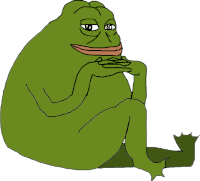Memetics
The term meme was coined in Richard Dawkins' 1976 book The Selfish Gene, but Dawkins later distanced himself from the resulting field of study.[4] Analogous to a gene, the meme was conceived as a "unit of culture" (an idea, belief, pattern of behavior, etc.) which is "hosted" in the minds of one or more individuals, and which can reproduce itself in the sense of jumping from the mind of one person to the mind of another. Thus what would otherwise be regarded as one individual influencing another to adopt a belief is seen as an idea-replicator reproducing itself in a new host. As with genetics, particularly under a Dawkinsian interpretation, a meme's success may be due to its contribution to the effectiveness of its host. - from Wikipedia
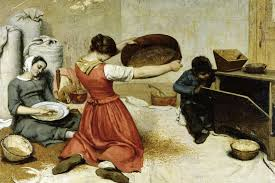
REALISM
Realism is a genre of art that started in France after the French Revolution of 1848. The Realist movement began in the mid-19th century as a reaction to Romanticism and History painting. In favor of depictions of 'real' life, the Realist painters used common laborers, and ordinary people in ordinary surroundings engaged in real activities as subjects for their works.
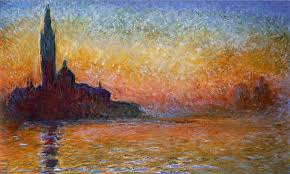
IMPRESSIONISM
It may be hard to believe, but this now beloved art genre was once an outcast visual movement. Breaking from Realism, Impressionist painters moved away from realistic representations to use visible brushstrokes, vivid colours with little mixing, and open compositions to capture the emotion of light and movement.

CUBISM
A truly revolutionary style of art, Cubism is one of the most important art movements of the 20th century. Pablo Picasso and Georges Braque developed Cubism in the early 1900s, with the term being coined by art critic Louis Vauxcelles in 1907 to describe the artists. Throughout the 1910s and 1920s, the two men—joined by other artists—would use geometric forms to build up the final representation. Completely breaking with any previous art movement, objects were analysed and broken apart, only to be reassembled into an abstracted form.
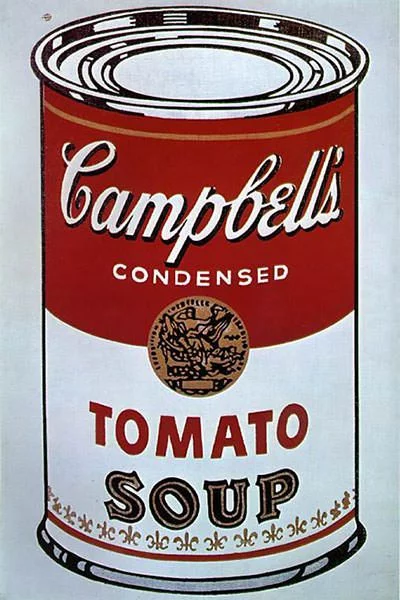
POP ART
The Pop Art movement presented a challenge to traditions of fine art by including imagery from popular and mass culture, such as advertising, comic books and mundane mass-produced objects. One of its aims is to use images of popular (as opposed to elitist) culture in art, emphasizing the banal or kitschy elements of any culture, most often through the use of irony.
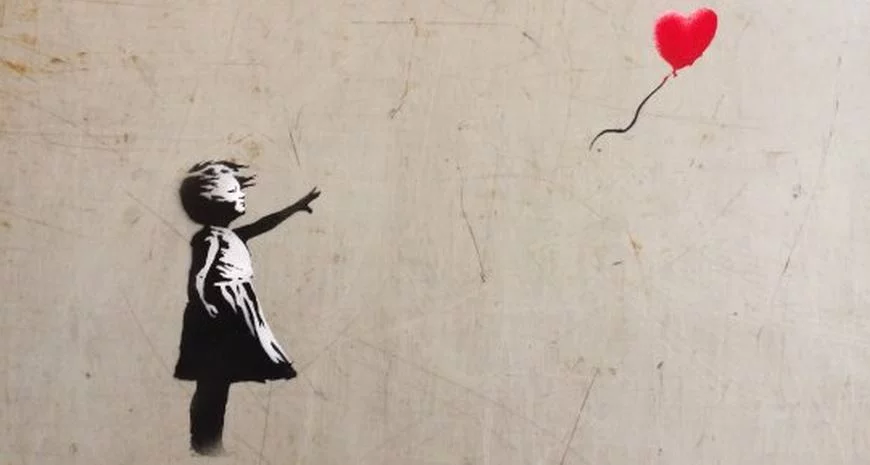
STREET ART
‘’Long considered marginal, street art today represents a major trend that democratizes access to art and infuses urban spaces with a new social and economic dynamic.’’ - From unesco website.
Art has always been evolving faster than what the artworld is willing to accept labeled as art. We can view certain resistance historically on all new disruptive art styles, until they were widely recognised and accepted. The most recent example that we all can refer to of course being Street Art. There was a time that a Banksy artwork selling for millions would be considered a joke. The same evolution we see today with cryptoart in general. The latest developments have for sure spearheaded a wave of new interest by traditional players in the space, but the artform is not yet ‘’recognised’’ widely.
A more obscure subgenre of cryptoart that goes relatively unnoticed, is Pepe Art.
If i was to describe Pepe Art in 2 words, that would be "Internet Graffiti". Not only was it a catalyst to the birth of the cryptoart movement, but as an artform is decentralised in its nature. Probably the first example of a decentralised art brand, even.
Pepe art has transcended meme status and created its own decentralised crowd, consisting of people who love and identify with Pepe art in all online communities. We all know why we buy Discord nitro, Pepe emojis!
It can be said that it is a movement, most definitely an art expression, but surely, even more than this… Perhaps, an art form in its own right.
The current state of Pepe Art is great, many wonderful and charismatic consistent creators and some early big brain collectors that are accumulating. Looking back at art history again , we see a shift in trends as the wealth transfers over from generation to generation.
We have all read the odd article here and there about the upcoming largest wealth transfer in human history, from the boomer generation to the millennials, Gen Z etc.
(Although the article was written in Boomer language, they do see the incoming wealth transfer)
This has already started. All this newly accumulated wealth will buy Art that they can identify with, and will value art differently than their ancestors.
The same concept we can see in some cases on sports memorabilia, where the most sought-after collectibles are not the oldest but usually 80’s and 90’s era collectibles. Or back to the street art analogy, once the teenagers of the ’80s grew up, they started buying everything Street Art, because it was the dominant guerilla art form of their times, a guilty pleasure if you may. Nostalgia is a hell of a drug.
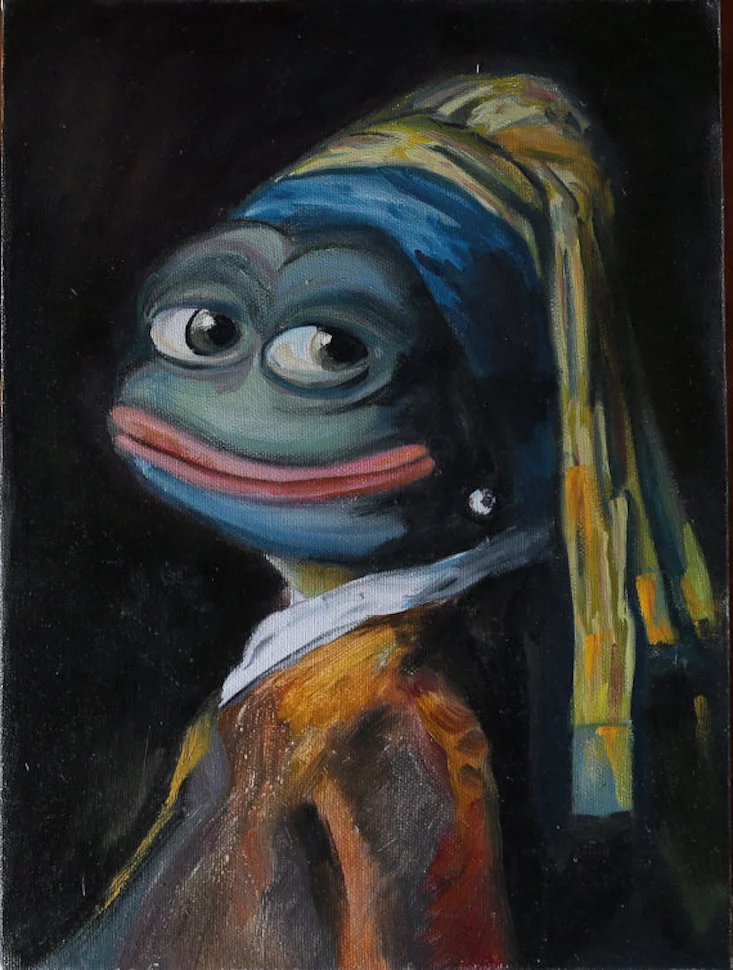
Pepe Art is currently undervalued, there are hoards of Redditors experimenting with crypto now, as Reddit is actively building their ETH based system, 4chan users are all hackers (lmao) so they probably already know how to use crypto, they just need to get into NFTs which I m sure many of them are already into.
We will soon have some pepe connoisseurs, and once there is a big artist to front the movement which will open the gates or some record-breaking sale, or even some famous person that sees value in it, that might be the kick that is needed to get the ball rolling, and see Pepe Art get the recognition and attention it deserves.
As an attempt to raise awareness, I am going to try and become the #1 Pepe Art collector slowly, by accumulating affordable great Pepe Art, as an open friendly challenge to anyone to overtake me.
The main idea is to inspire anyone to consider a Pepe collection for the love of honoring this artform, appreciating it and collecting it. Pepe Art might also bring nice financial returns, but you should not look at this as an investment.
So buy Pepe Art, support Pepe Artists and HODL, be the guy who we write an article about: “ Degen with Pepe Art Buying addiction, now a Billionaire'’, join the hunt to find the next Beeple like superstar Pepe Artist!
Would be great to see Pepe Artists stick together and create a movement that later generations will refer to with admiration and honestly funny af.
The Pepe character has been used in so many different ways, from a hate symbol in the USA, to a freedom symbol in Hong Kong.
The character itself goes beyond the notion of a trendy meme that dies out. Pepe art has truly been infused in the DNA of the internet user.
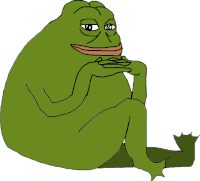
Anybody remember Groyper?
A variation of Pepe known as "Groyper" or “Easter Toad” was used as early as 2015 and became popular in 2017. Groyper is depicted as a rotund green, frog-like creature with its chin resting on interlocked fingers. There is some disagreement around the specifics of Groyper: it is alternatively said to be a depiction of the Pepe character, a different character from Pepe but of the same species, or a toad. The Groyper meme is the namesake for Groyper, a loose group of white nationalist activists and followers of Nick Fuentes.
Pepe in Hong Kong
In August 2019, it was reported that various demonstrators at the 2019–20 Hong Kong protests were using Pepe as a "resistance symbol".
Hong Kong protestors began to use depictions of Pepe the Frog as a symbol of liberty and resistance against the extradition bill and police brutality in the 2019–20 Hong Kong protests. New images of Pepe the Frog surfaced showing Pepe with an injured eye after a young female first aider got her eye gouged by a projectile thrown by police and spurred a new protest campaign called "An eye for an eye". A sign with Pepe with an injured eye held by a young nurse with one eye covered gained international media attention. Furie responded in an email with a protester, stating "This is great news! Pepe for the people!" In the Hong Kong context, Pepe the Frog is not perceived as being connected with far-right ideology. Hong Kongers were generally unaware that Pepe the Frog had been appropriated by the alt-right and white supremacists in the United States.
Despite Groyper was being associated with far right nationalists, it might be the first example of another character in a Pepe universe. As the artform evolves more specific pepes are coming to life, a universe of commonly created pepes, all original in their own right. The idea is mind boggling.
After knowing all that and going through your own personal research on the Pepe rabbit hole, just ask yourself, how is it possible that Pepe Art is still undervalued and overlooked?
Anywhere you go on the internet, there is always a pepe around, all you have to do is actively notice it!
We also recommend the documentary ‘’Feels Good Man’’
Great watch!
This green frog has somehow hacked his way into our hearts and minds
Maybe, then, the question before us is not What Pepe Art is, but rather Why has it come to be, and more importantly – where can it go from here?


